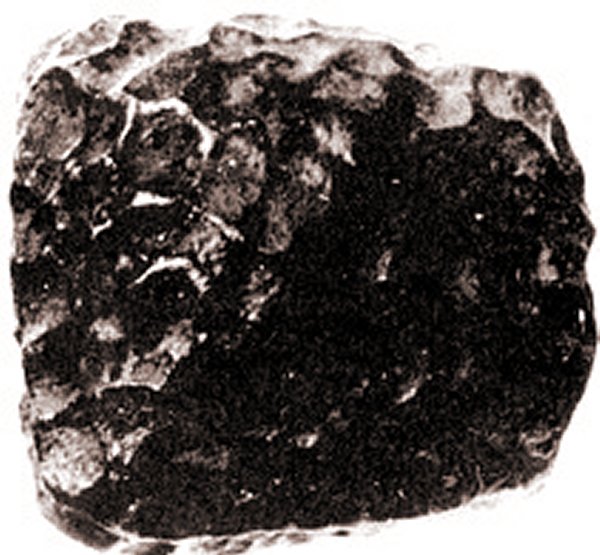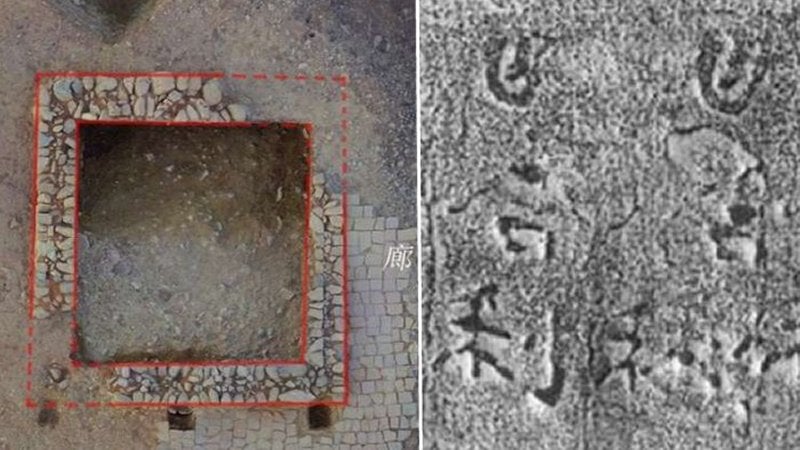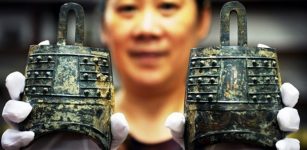Antediluvian Legacy – Small Salzburg Cube That Remains A Great Challenge To Science
MessageToEagle.com – This very ancient artifact is a great challenge to science as we know it.
It appeared unexpectedly with no evidence of a preceding period of development ; its technological sophistication seems far beyond the capabilities of ancient peoples.
Who needed this object millions of years ago?
In 1885, an iron smelter working in the foundry of the Austrian Isador Braun of Vocklabruck, Austria, discovered a small, cube-shaped piece of iron embedded in a block of coal dating to the Tertiary period lasting from approximately 65.5 million to 2.6 million years ago.
This unusual metal cuboid-like object is also known as the Bucket of Salzburg or The Wolfsegg Iron.
The age of the artifact suggests that an unknown very advanced civilization was present in the region at the time.
These beings were skilled metallurgists. Did they inhabit the area of modern Austria or were they visitors or explorers from somewhere else?
In Michael Cremo’s book “Forbidden Archaeology” there are hundreds of examples discussing million-of-years old objects that according to orthodox science – simply shouldn’t exist, yet they do.
The artifact was taken to the Salzburg Museum, where it was meticulously examined by the Austrian physicist Karl Gurls. Based on conducted tests, it was revealed that the cube was composed of a steel-and-nickel alloy.
It measured 2.64 by 2.64 by 1.85 inches and weighed 1.73 pounds. It also had a specific gravity of 7.75.
“The edges of this strange object were already perfectly straight and defined; four of the sides were planes, while the two remaining sides, opposite each other, were convex.
A rather deep groove had been cut all the way around the cube about midway up its height.
“There was no doubt that the cube was machine-made, and it seemed to be part of a larger mechanism,” said Rene Noorbergen, an author and investigator of phenomena that still have validity, but eludes scientific means of measurements.
Conducted electron-beam microanalysis showed that the strange metal cuboid had no traces of nickel, chromium or cobalt in its composition, but instead was composed of a kind of forged iron.
This composition seemed to rule out the hypothesis that the “cube” was a meteorite, as some had earlier suggested.
Puzzled over rather peculiar shape of this challenging finding, the scientists of Geological Institute (Geologisches Bundesanstalt), Austria have finally determined that the iron cube was artificial piece of work.
The whereabouts of the artifact are unclear.
However, there is still sufficient scientific evidence to support the authenticity of this very ancient artifact that should not exist – and yet it does!
Namely, the discovery was published in the scientific journals Nature (London, 1886 and L’Astronomie (Paris, 1887).
Copyright © MessageToEagle.com. All rights reserved. This material may not be published, broadcast, rewritten or redistributed in whole or part without the express written permission of MessageToEagle.com.













